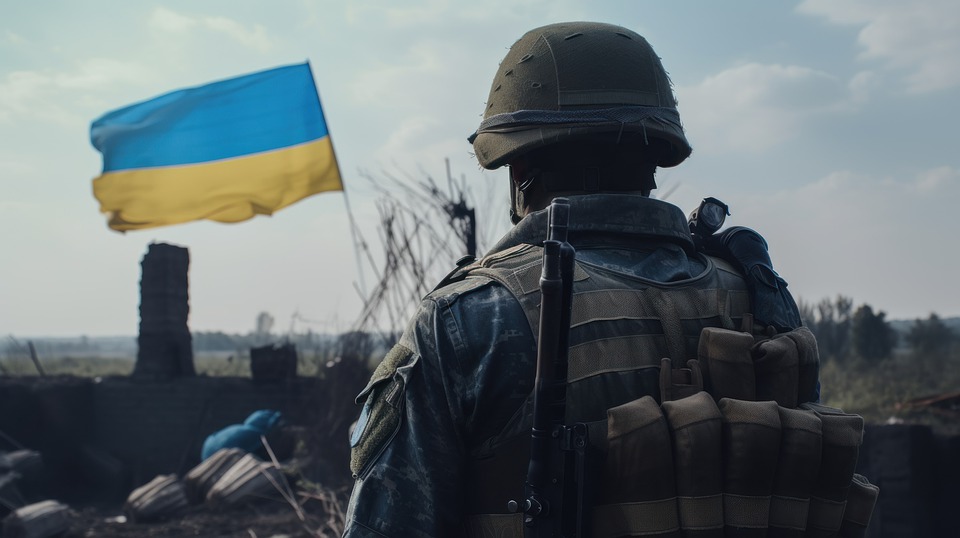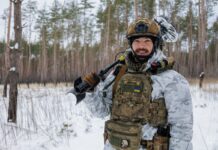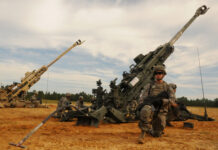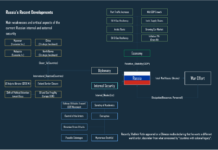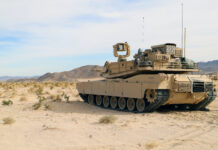Following a long wait, Ukraine has restarted offensive combat operations against Russia, starting in late-April, and gradually ramping up throughout May. The bulk of the offensive action around this time has been around the periphery of Bakhmut, where the Ukrainian Armed Forces have been attempting to push back Russian forces. While Ukrainian forces made incremental gains to both the North and South of Bakhmut in the first two weeks of May, since then, progress appears to have stalled. Looking at the area, the main effect of the offensive appears to have been forcing Russian forces backward to more defensible positions, to behind the Berkhivka Reservoir in the North, and to the other side of the water canal in the South.
On 20 May, Yevgeny Prigozhin, Head of the Wagner mercenary group, announced that Bakhmut had been fully captured by Wagner forces, thus ostensibly bringing to an end an eight-month long grinding battle of attrition. This claim was contested by President Volodymyr Zelensky, and Ukraine still claims to retain control of portions of the town, broadly understood to refer to Khromove in the North and a small neighbourhood in the southwest. These latter claims are somewhat tenuous. Realistically, the majority of Bakhmut hasn’t been under Ukrainian control for some time, with Wagner in control of around 75-80% of the town since around mid-April. However, symbolism aside, it is unclear what has been gained by capturing the remaining 20-25%.
Elsewhere on 22 May, a raid was launched into Belgorod Oblast in Russia, ostensibly by two groups of pro-Ukrainian Russian paramilitaries – the Freedom of Russia Legion (LSR), and the far-right nationalist Russian Volunteer Corps (RDK). By 23 May, the Russian Ministry of Defence claimed to have pushed the groups back to the Ukrainian border, a claim assessed as “likely” by the Institute for the Study of War, following imagery analysis and geolocation of footage from Russian state media. Furthermore, both groups appear to be sponsored by Ukraine, given their use of western hardware including US M1151 HMMWVs, M1224 MaxxPro MRAPs, and Polish Dzik-2 protected patrol vehicles. Although the attack was repelled, it perhaps best served to embarrass Russia by demonstrating that its border with Ukraine is more porous than they would like.
Both sets of offensive actions – Bakhmut periphery and Belgorod – appear to be aimed at pushing Russia to divert forces and supplies away from the front lines, thereby leaving those areas of the line weaker for a breakthrough offensive by Ukraine’s combat brigades. In the former case, Ukraine appears to be attempting to surround Bakhmut, thus potentially threatening Russian gains in what remains of the town proper. Similarly, Belgorod serves as a reminder that Russia does not have complete control over its border, and may be vulnerable to future efforts conducted by special forces groups or irregular saboteurs.
At the time of writing in late-May, it may be somewhat too early to tell what the impact of the Belgorod raid has been on Russian force concentrations. However, in Bakhmut, Prigozhin appears to be getting ready to move on, having announced that he would hand over control of the city to the Russian Army on 1 June. While it remains to be seen if this timetable will be kept to, it does open up the possibility of Wagner forces being freed up for redeployments to other areas. This could potentially include use of the group to shore up portions of the front lines where a breakthrough would most likely be attempted.
In terms of where that breakthrough would take place, the South still appears to be the most promising direction with respect to potential gains. In particular, securing Tokmak would allow Ukraine to threaten Melitopol’ and exert pressure on all of Russia’s forces on the East bank of the Dnipro, incentivising them to move back to more defensible positions closer to Crimea, and giving Ukraine’s forces in Kherson the freedom to cross the Dnipro with much less risk. Indeed, the fact that Ukraine appears to be launching diversionary actions primarily in the North, would seem to suggest that they are keen to divert forces away from the South.
While it may still be some weeks before any major offensive is likely to start, Ukraine seems to be well aware that offensive action is needed – not just to recapture territory, but also to maintain pressure on the Russian armed forces, limiting their capability to regenerate. Indeed, Russia’s strategy appears to have shifted to one of loss-avoidance while they regenerate lost capability. In this vein, the Russian MoD has continued to announce deliveries of new equipment, including T-90M MBTs, showing that the country still has the potential to re-equip its formations. If left unchecked, Russia could regain the capability to perform meaningful offensive action, posing serious problems for Ukraine going forward. Avoiding this is important for Ukraine, but engaging in large-scale offensive action against a dug-in opponent is risky, and leaves Ukraine little room for mistakes.
All told, this coming summer may prove the decisive phase in the war, one way or another.
Mark Cazalet


